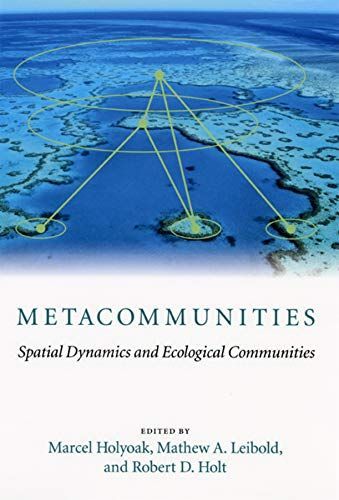
Metacommunities Spatial Dynamics and Ecological Communities
Until recently community ecology—a science devoted to understanding the patterns and processes of species distribution and abundance—focused mainly on specific and often limited scales of a single community. Since the 1970s, for example, metapopulation dynamics—studies of interacting groups of populations connected through movement—concentrated on the processes of population turnover, extinction, and establishment of new populations. Metacommunities takes the hallmarks of metapopulation theory to the next level by considering a group of communities, each of which may contain numerous populations, connected by species interactions within communities and the movement of individuals between communities. In examining communities open to dispersal, the book unites a broad range of ecological theories, presenting some of the first empirical investigations and revealing the value of the metacommunity approach. The collection of empirical, theoretical, and synthetic chapters in Metacommunities seeks to understand how communities work in fragmented landscapes. Encouraging community ecologists to rethink some of the leading theories of population and community dynamics, Metacommunities urges ecologists to expand the spatiotemporal scales of their research.